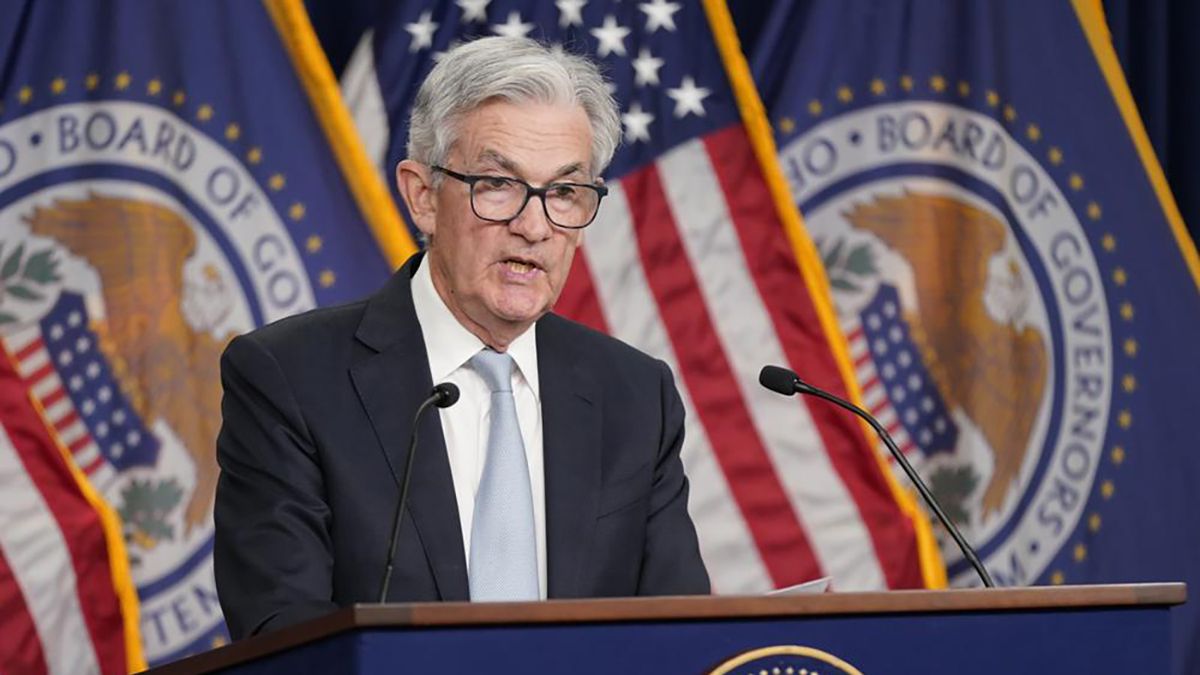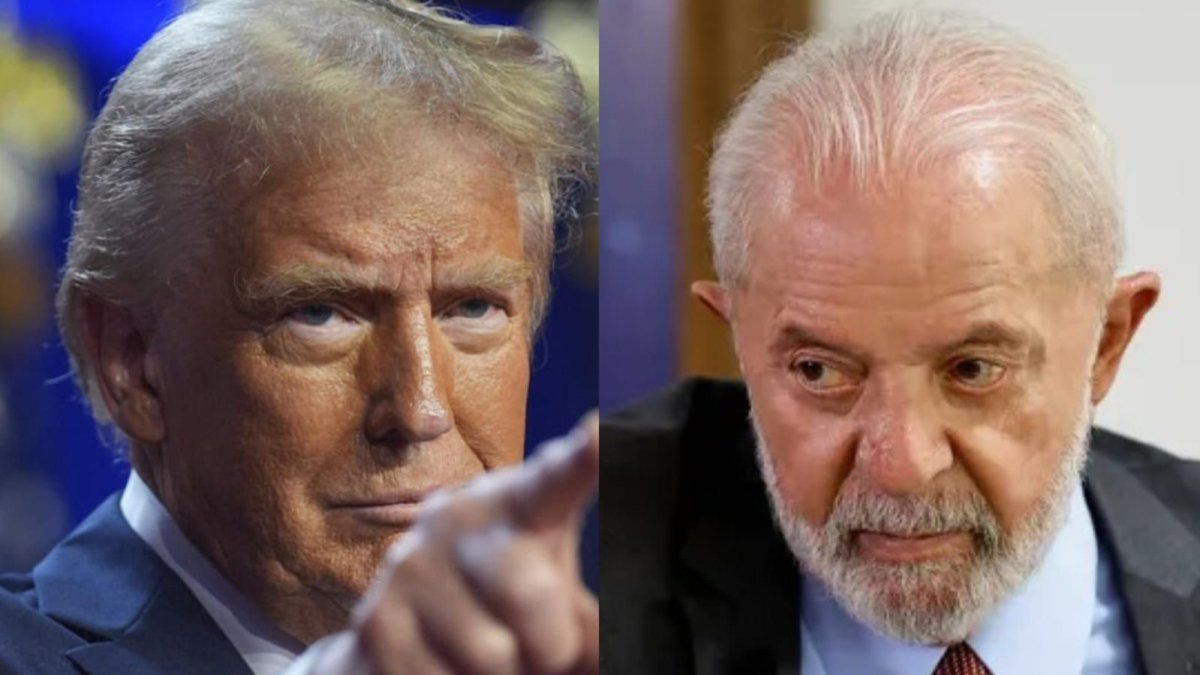He Federal Open Market Committee (FOMC) of the Federal Reserve (fed) of USA unanimously decided to keep the monetary policy rate unchanged between 5.0% – 5.25%, as expected by the market. This was the first pause since March 2022, although central bankers are expecting up to two small hikes by the end of the year.
At a press conference, Fed Chairman Jerome Powellassured that the US central bank is “firmly committed” to bringing inflation back to the goal of 2%due to “the difficulties it is causing” and that “price stability is the responsibility of the Fed“.
Along these lines, he assured that the FOMC understands that new increases in the monetary policy rate may be necessary during 2023 to get closer to the inflation target, as expected from the central banks.
For the FOMC, the current indicators mark a slight growth in activity, but a sustained increase in the creation of jobs within a context of high inflation. In line with what he had communicated in May, the duration of the effects of a tighter credit condition for households remains uncertain.
At the same time, a reduction of 0.1 pp is estimated. in inflation in the PCE Index at 3.2% in 2023, with a projection of 2.5% and 2.1% for 2024 and 2025 respectively. As regards core inflation (where the most volatile elements are excluded), projections have been revised upwards from 3.6% to 3.9% by 20232.6% to 2.6% by 2024, and 2.1% to 2.2% by 2025.
The first market reaction to the statement was negative., according to Balanz, mainly when it comes to equities, where the Nasdaq and S&P 500 had moved into the red. On the other hand, the 1- and 3-year US Treasury rates were climbing an average of 7.5 basis points today.
How can the Fed’s announcement affect the dollar in Uruguay?
This Fed rate pause could weaken the dollar globally and have a positive effect on emerging marketswhich were affected by the global risk aversion cycle.
In recent weeks, significant investor movements into emerging market currencies have begun to take place, such as the Brazilian realwhich continues to appreciate and give investment returns higher than 9%.
A first possible effect that the strengthening of the real could have would be the upward drag of the Uruguayan peso. The local currency tends to follow, on different occasions, the behavior of the Brazilian currency, for which reason an appreciation of the price in the country could also be expected, to the detriment of the price of the dollar.
Today, the Uruguayan peso closed at 38,231 pesos in its interbank price, its lowest value in more than three years. After the Fed’s decision, the peso could strengthen even more against the dollar, deepening the problem of exchange rate delays for which the agricultural and industrial sectors demand interventions from the national government.
The dollar could struggle to rise in the near future, if investment manager PIMCO’s view generalizes.
“There is no guarantee that we will be short the dollar all the time.but today, (in) positioning, we are underweights to the dollar against the G10 and EMs (emerging markets)”, said Andrew BallsChief Investment Officer of PIMCO Stocks.
With investment funds betting on emerging market currencies that show solidity and good yields, the peso could establish itself as an alternative for international firms.
In this sense, the improvement in the inflation data for May and the series of improvements in the credit rating given to Uruguay by the Standard & Poor’s (S&P), Moody’s and fitch.
Source: Ambito




